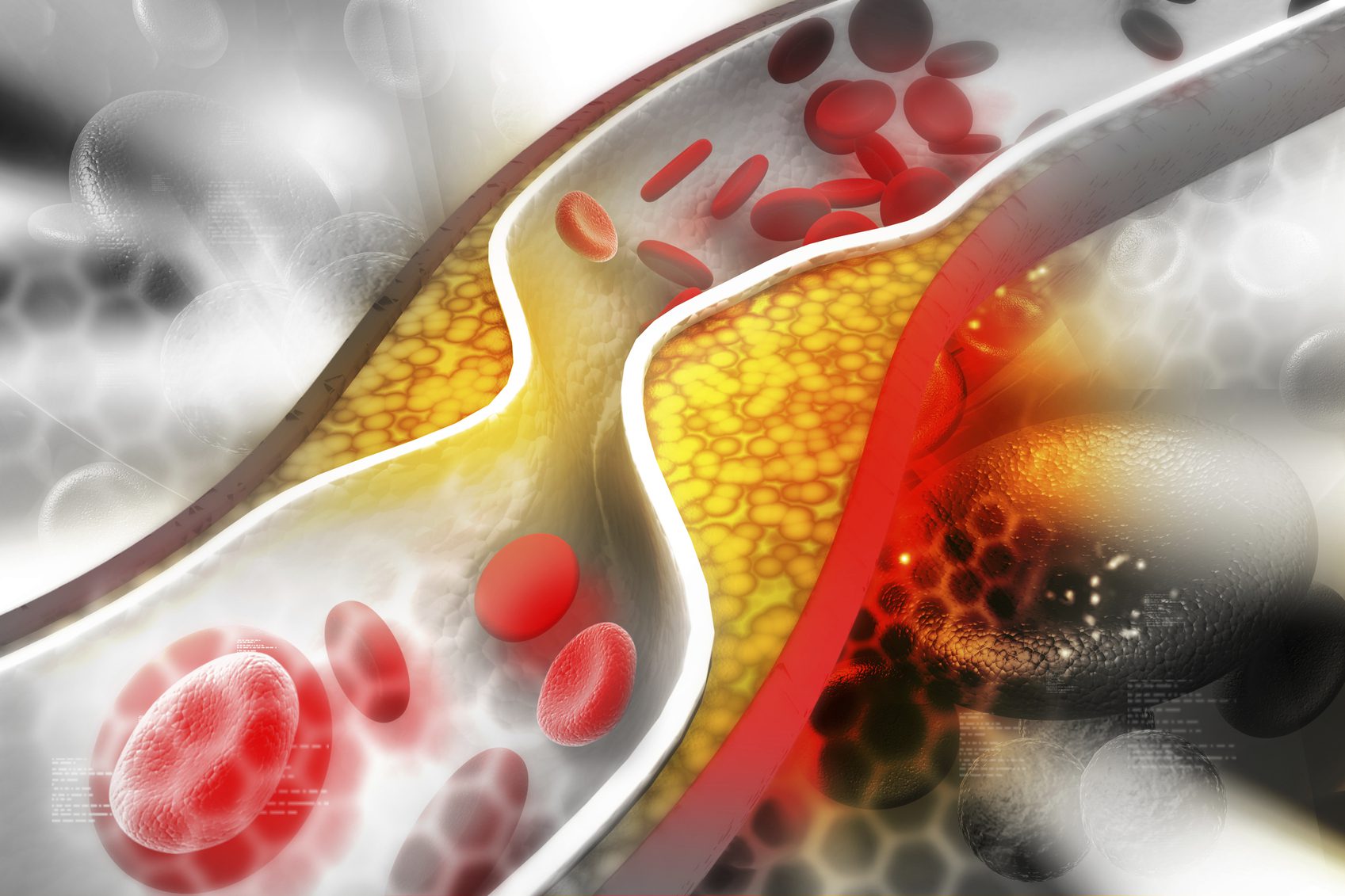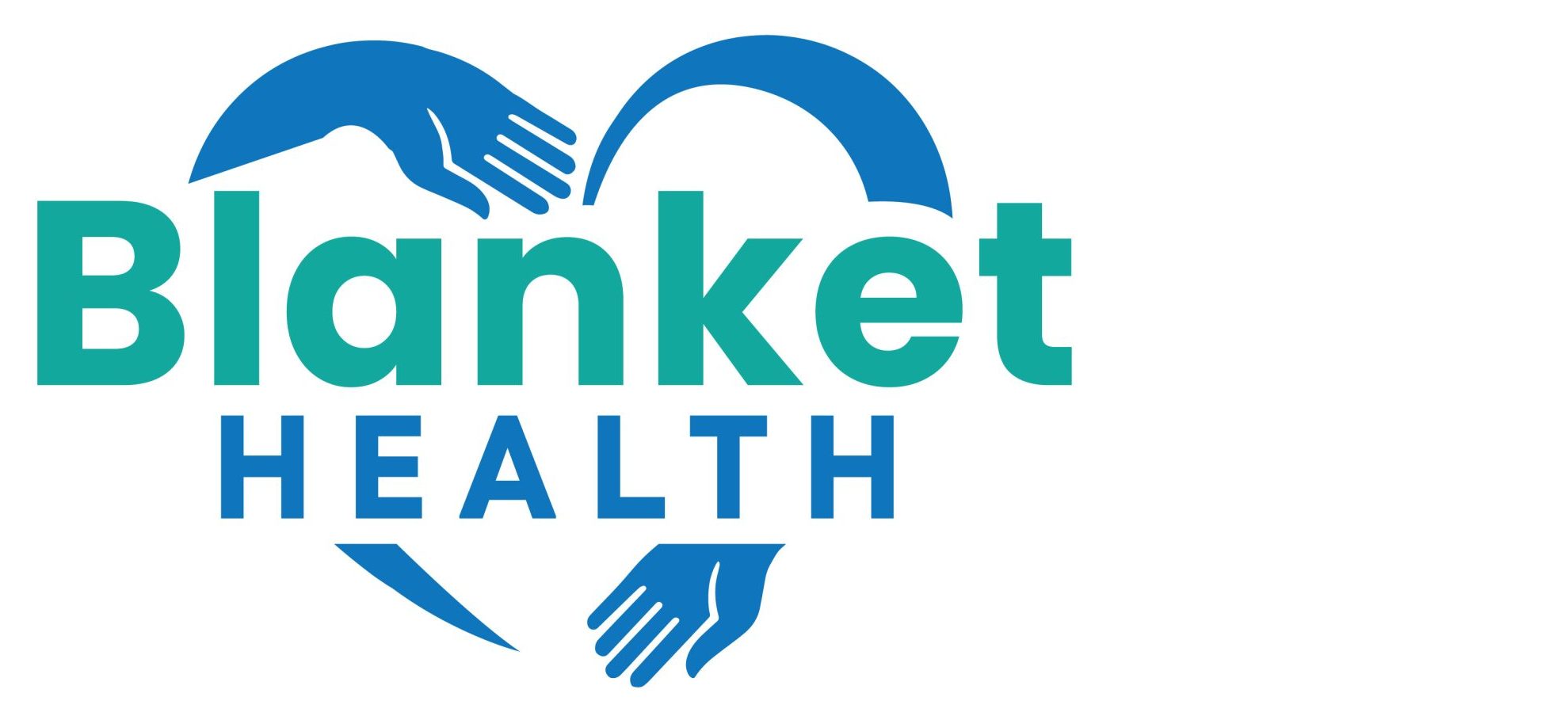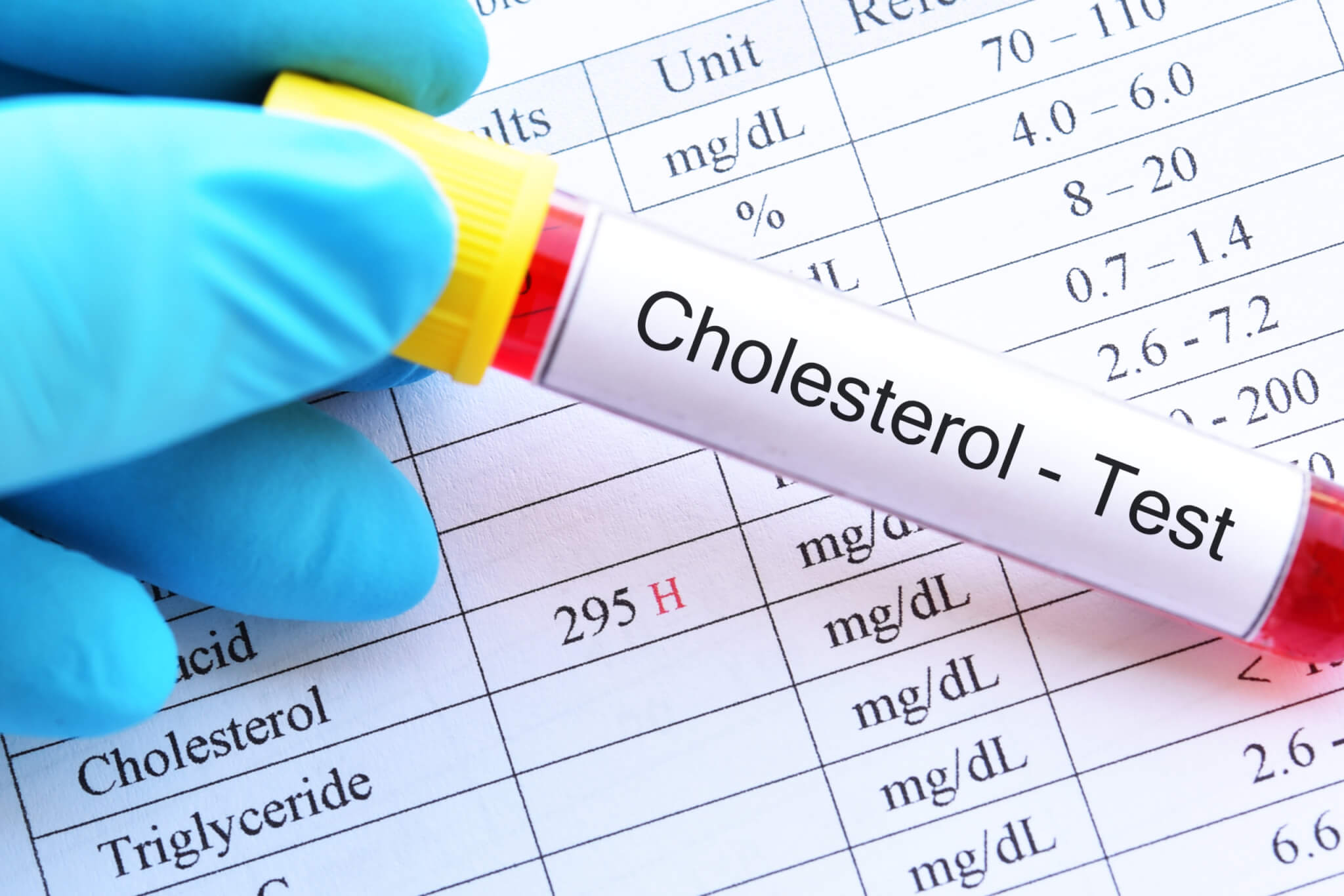Cholesterol is a vital component of our body, essential for the formation of cell membranes and the production of hormones. However, when cholesterol levels become elevated, it can pose significant health risks. High cholesterol, also known as hypercholesterolemia, often goes unnoticed because it rarely presents symptoms. Yet, it is a major contributor to heart disease, the leading cause of death globally. In this article, we will explore the intricacies of high cholesterol, its causes, effects, prevention, and management, and why regular screening is crucial.
I. Understanding Cholesterol
A. What is Cholesterol?
Cholesterol is a waxy, fat-like substance found in every cell of the body. It is used to build cell membranes, produce hormones (such as estrogen and testosterone), and create bile acids to aid in digestion. Cholesterol circulates in the blood, transported by lipoproteins.
B. Types of Cholesterol
There are two primary types of cholesterol:
- Low-Density Lipoprotein (LDL) Cholesterol: Often referred to as “bad” cholesterol, LDL carries cholesterol from the liver to cells in the body. Elevated LDL levels can lead to the buildup of plaque in the arteries, increasing the risk of atherosclerosis and heart disease.
- High-Density Lipoprotein (HDL) Cholesterol: Known as “good” cholesterol, HDL transports cholesterol away from cells and back to the liver for disposal. Higher levels of HDL are associated with a lower risk of heart disease.
II. Causes of High Cholesterol
A. Dietary Factors
Consuming a diet high in saturated and trans fats, found in red meat, full-fat dairy products, fried foods, and baked goods, can raise LDL cholesterol levels. Excessive consumption of dietary cholesterol, found in animal-based foods, can also contribute.
B. Genetics
Some individuals have a genetic predisposition to high cholesterol. Familial hypercholesterolemia is a hereditary condition that results in exceptionally high LDL cholesterol levels and an increased risk of heart disease.
C. Lifestyle Choices
Sedentary lifestyles and lack of physical activity can lead to higher LDL cholesterol levels and lower HDL cholesterol levels. Regular exercise can help improve the balance.
D. Smoking
Smoking damages blood vessels and lowers HDL cholesterol, making it easier for LDL cholesterol to accumulate in the arteries.

III. Effects of High Cholesterol
A. Atherosclerosis
Elevated LDL cholesterol levels contribute to atherosclerosis, a condition where plaque builds up in the arteries, narrowing and stiffening them. This can reduce blood flow and lead to serious health complications like heart attacks and strokes.
B. Heart Disease
Atherosclerosis and plaque buildup in coronary arteries can result in coronary artery disease (CAD). CAD increases the risk of angina (chest pain), heart attacks, and heart failure.
C. Stroke
If atherosclerosis affects the arteries leading to the brain, it can result in a stroke, which occurs when blood flow to the brain is blocked or interrupted.
IV. Prevention and Lifestyle Changes
A. Diet Modifications
A heart-healthy diet can help manage cholesterol levels. This includes reducing saturated and trans fats, increasing fiber intake (through fruits, vegetables, and whole grains), and choosing healthier fats like those found in nuts, seeds, and olive oil. Plant sterols, found in fortified foods, can also lower LDL cholesterol.
B. Regular Physical Activity
Regular exercise, including aerobic activities like walking, running, and swimming, can increase HDL cholesterol levels and improve overall heart health.
C. Smoking Cessation
Quitting smoking is one of the most significant steps individuals with high cholesterol can take to reduce their risk of heart disease.
D. Medications
In some cases, lifestyle changes alone may not be sufficient to lower cholesterol to healthy levels. Healthcare providers may prescribe medications such as statins, which can effectively reduce LDL cholesterol levels.
V. Importance of Regular Screening
High cholesterol is often asymptomatic, making routine screening essential. Regular cholesterol checks can identify elevated levels early, allowing for timely intervention through lifestyle changes or medication if needed. Guidelines recommend cholesterol testing every four to six years for adults, with more frequent monitoring for those at higher risk.
High cholesterol is a silent but significant threat to cardiovascular health. Elevated cholesterol levels can lead to atherosclerosis, heart disease, and strokes, contributing to global health burdens. However, it is a condition that can be managed and controlled through dietary modifications, exercise, smoking cessation, and, when necessary, medication. Regular cholesterol screening is a critical component of prevention, enabling individuals to take proactive steps to protect their heart health. By understanding the importance of managing cholesterol levels and making informed choices, individuals can reduce their risk of heart disease and lead healthier, longer lives.




 3. Obesity or Excess Weight: Carrying excess weight, particularly around the abdomen, can contribute to higher cholesterol levels. Obesity is often associated with elevated levels of LDL (bad) cholesterol and lower levels of HDL (good) cholesterol.
3. Obesity or Excess Weight: Carrying excess weight, particularly around the abdomen, can contribute to higher cholesterol levels. Obesity is often associated with elevated levels of LDL (bad) cholesterol and lower levels of HDL (good) cholesterol. Foods to Avoid or Limit:
Foods to Avoid or Limit:
